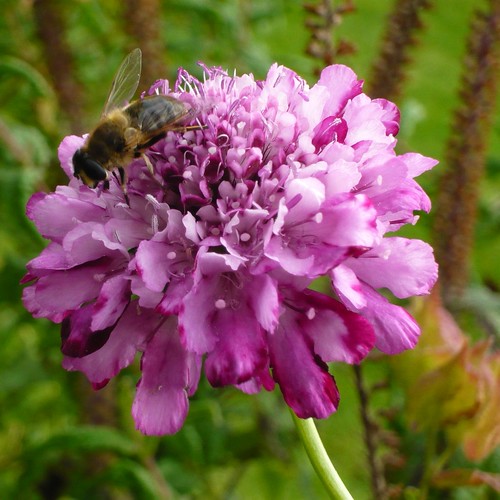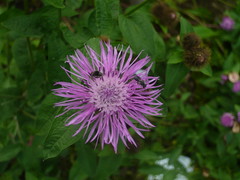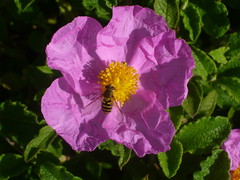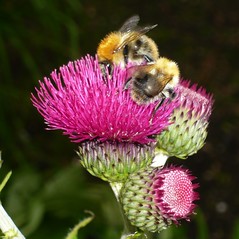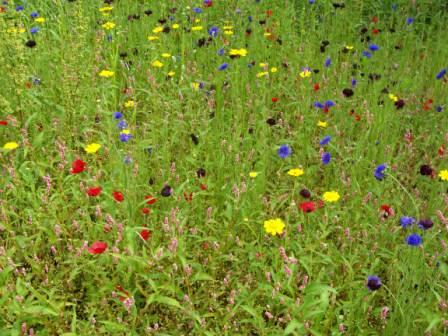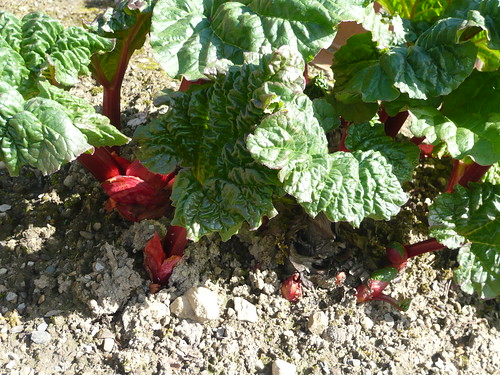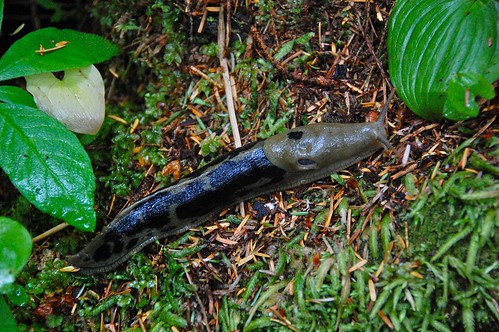
Birds need food, cover and nesting sites to survive in your garden. A good perching point will help birds feel and be safe and good leaf cover will help in bad weather.
The more varied you make your garden the better for wild life, lawns, hedges, ponds and varied habitats all help. Avoid planting too many non-native species and choose a selection of trees and shrubs to provide insects and berries for bird food.
Shrubs
Berberis have spiny branches for cover and berries or fruit. Berberis wilsoniae is ideal for small gardens or you could try B. thunderbergii, vulgaris, gagrepainii or dawinii.
The Cotoneaster family produce many berries. Do not bother planting Cotoneaster conspicuax decora as birds will not eat the berries. Pyracantha Firethorn is very popular with birds and most gardeners.
Hedge shrubs like Hawthorn and Holly and Privet provide safe cover for small birds. Yew’s red berries feed thrushes.
Buddleia globosa the Butterfly bush attract large quantities of insects which in turn feed birds.
Trees for Perching
Birch supports insects including caterpillars as do Goat Willow Salix caprea.
Rowan mountain Ash Sorbus aucuparia is a avian favourite.
Bird Cherry and Wild Cherry produce early fruit and are well sought after by birds.
Conifers appeal to Siskins and Tits. Try Larch Larix decidua or Scots Pine Pinus sylvestris.
Climbers
Honeysuckle bears red fruit and also provide nesting sites. Lonicera periclymenum or L.caprifolium are suitable species to grow and you get the scent thrown in.
Hedera helix or the common ivy is excellent cover, attracts insects and Thrushes, Pigeons and Robins like the fruit.
Virginia creeper are vigorous growers providing nesting and roosting cover.
Rambling Brambles, Rubus fruticosus are popular in dry weather for the juicy berries particularly for finches.
Other Plants
Good seed setters including Cornflower, Forget-me-not and Michaelmas daisy provide food over the growing months.
Sunflower seeds are popular for extra protein. Wallflowers can also be left to seed.
Unfortunately for gardeners many weeds are popular with birds including chickweed, dandelion, sowthistle and groundsel.
Lawns attract small flies and the soil provides worms for Starlings, Thrushes and Robins.
Sources of further plant selections
RHS
RSPB
Wild Life Trust
Getting birds in your garden from Garden Products
Gardeners Tips Favourite Links


